Fan art is a curious thing, a sign of fans’ limitless creativity and unending desire to pay tribute to their beloved characters, stories or public figures, sometimes with amazing talent and other times with a “well, they tried” energy. But where does the charming cocktail of admiration and artistic fervour come from? Spoiler alert: fan art pre-dates you, and your middle-aged kids. Fan art seeds were possibly planted the moment humans learned to doodle. Imagine ancient Egyptians painstakingly carving out hieroglyphs while one lone renegade scribe is like, “What if I put Osiris in a hot new fit?” Or the Romans, who made complex mosaics of mythological gods — who’s to say some of those weren’t the ancient equivalent of an “AU” (alternate universe) fan edit? There’s a history of amateur artists who were likely, at heart, just fans.
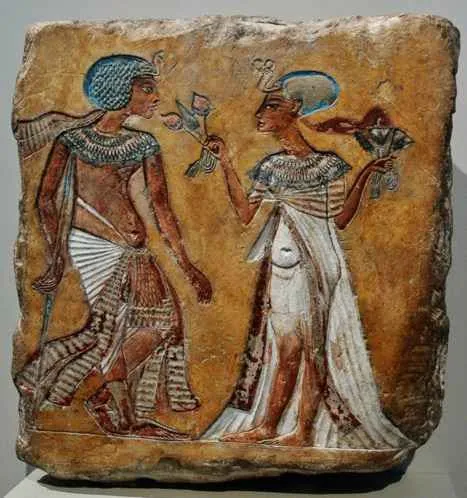
Fast-forward to the Middle Age and fan art began to take on more recognisable shapes. Medieval monks, possibly the fandom lords of their time created illuminated manuscripts embroidered with jewelled touches of saints and biblical characters. It was essentially devotional fan art, but at levels of devotion that put present-day fandoms to shame. They didn’t just create fan art, these guys gilded it. Picture spending weeks perfecting Saint George’s halo. Talk about a golden era!
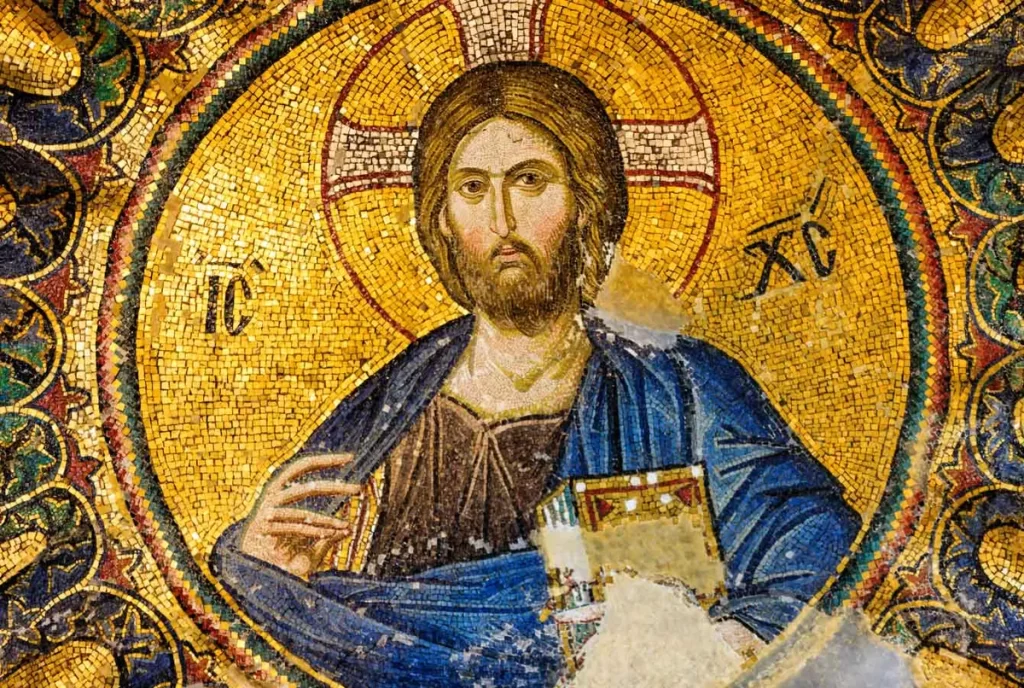
And then the Renaissance happened, and things really heated up. “They might have been the original fanboys,” said Gorny of the big names we worship now (da Vinci, Michelangelo, Raphael). You think about it — numerous paintings and sculptures depicting mythical pairs and biblical heroes? That is 15th-century fan art, baby. Michelangelo’s David? A marble tribute of the highest order to a beloved underdog story. They were not only artists, they were stans, devoting their hearts (and chisels) to the task of immortalising stories they adored.

As we moved into the 19th and early 20th centuries, fan art got a serious upgrade with the birth of modern fandoms. The Industrial Revolution ushered in mass production, followed by the rapid transmission of mass culture. With novels, plays and then movies more accessible to fans than ever, they were inspired to take up pencils and paint and anything else they could find to express their devotion. There were Sherlock Holmes fans in the late 1800s, for instance, who went crazy sketching their visions of the detective’s adventures. Fun fact: some of these even submitted their unsolicited masterpieces to Sir Arthur Conan Doyle himself. He was, uh, ecstatic, I’m sure.
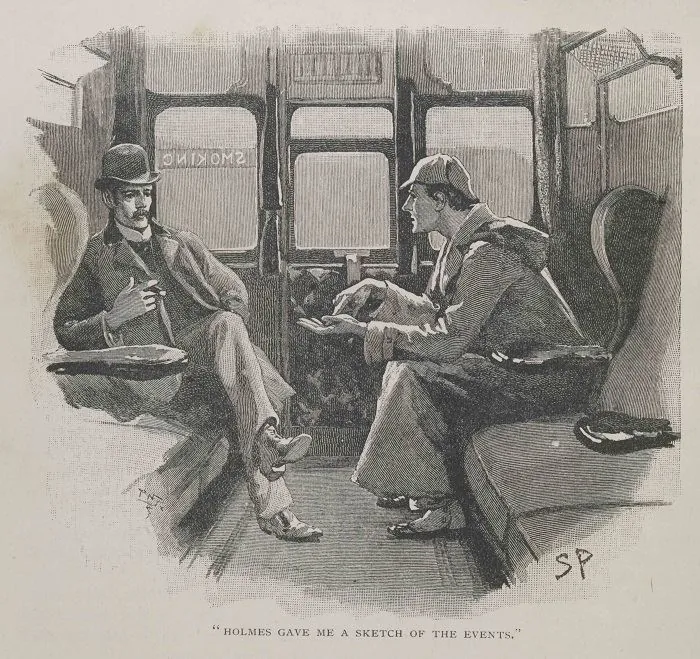
The fandoms for sci-fi and fantasy exploded from the mid-20th century, and fans drew fan art like there was no tomorrow. The debut of franchises such as Star Trek, Doctor Who, and, later, Star Wars gave creative fans wonderful source material to draw from. Be it sketching Spock in ever-more dubious situations, or speculating on what Luke Skywalker’s new hairstyle would be, there was no holding back fans’ enthusiasm. Science fiction conventions served as incubators for this art form, with fans displaying their works proudly in halls that were half celebration, half competition.
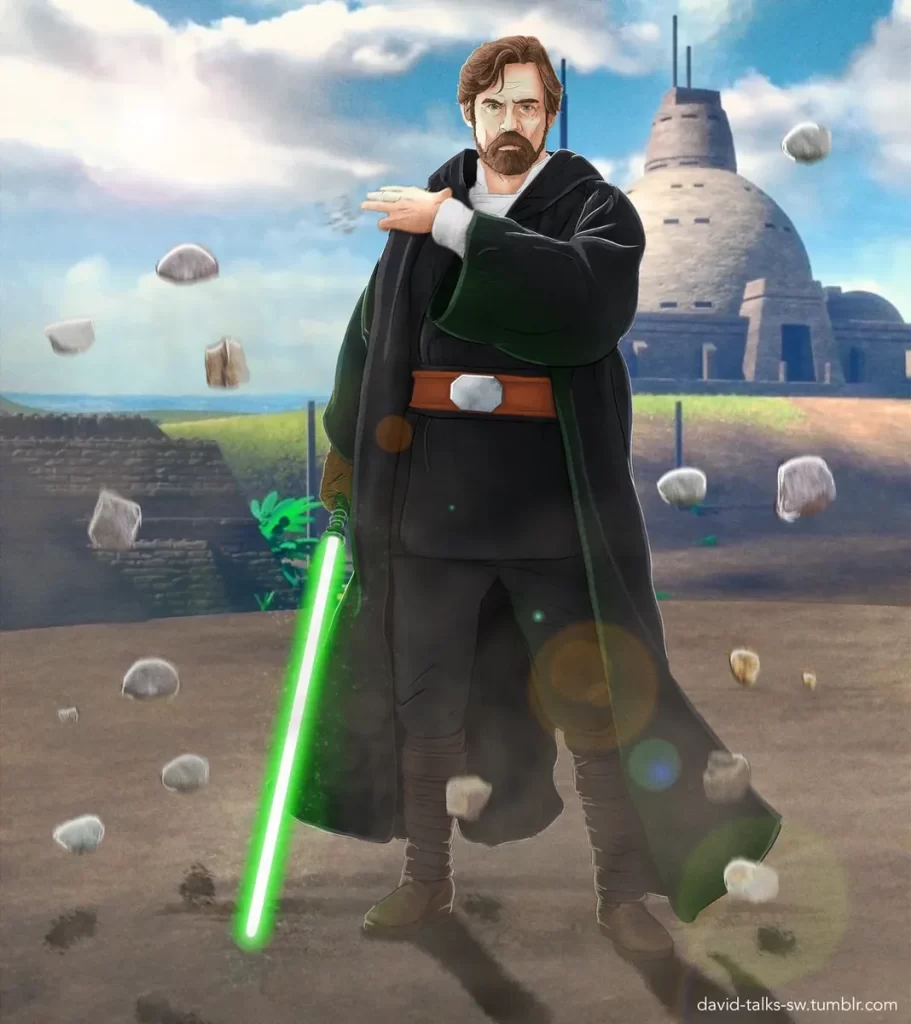
And then came the internet. The internet had changed the game. Suddenly, fans no longer had to wait for conventions to display their masterpieces; they could upload them for the world to see. Early 2000s platforms like DeviantArt turned the Internet into the ultimate gallery for fan art, with millions of users flocking to share their everything from hyperrealistic portraits to dubious Sonic the Hedgehog redesigns.
Around this time, too, fan art began to seep into mainstream culture. Comic-Con expanded into a monster, drawing fans but also the authors they worshipped. It was a kind of full-circle moment: Fan artists inspired by movies and comics were now themselves inspiring directors, writers and illustrators in turn. Some even parlayed their passion into careers, which is proof that those teenage doodles of Harry Potter could actually take you somewhere (other than possibly under your bed).

Naturally, fan art is not without its ways. The internet has given rise to some truly strange subgenres — remember when Tumblr became obsessed with SuperWhoLock crossovers, combining Supernatural, Doctor Who and Sherlock into a huge mess of Frankenstein’s monster of fan art? Or the timeless trend of depicting the characters of Disney as stoned, modern-day teenagers (why do they all look like they’d vape in the back of a diner?). But hey, every fandom has its quirk, and who are we to judge?
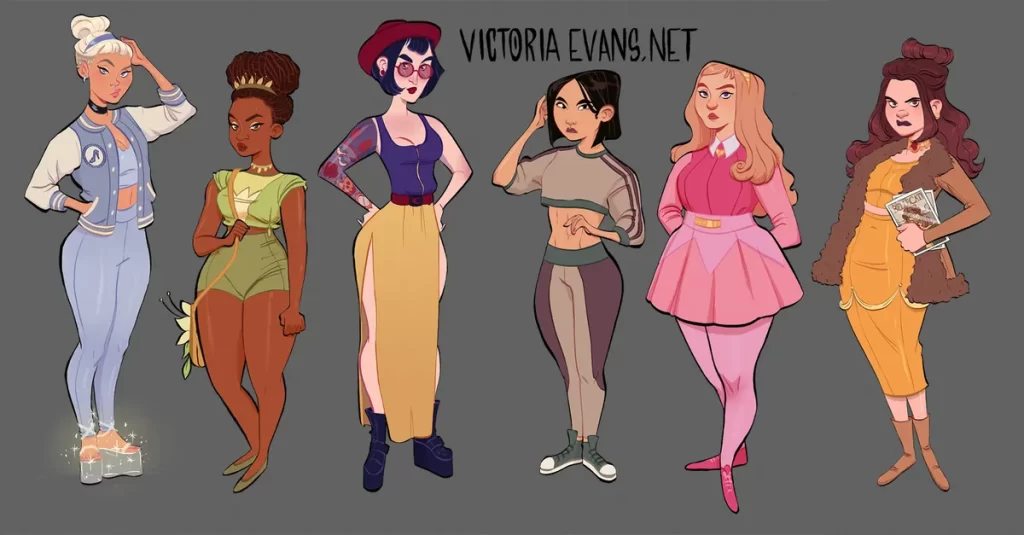
The flipside of fandom today is that fan art is more powerful than it’s ever been. Platforms like Instagram and Twitter have elevated fan artists to the status of influencers; some have built huge followings and collaborated with major brands. Studios even now embrace fan art and run competitions or include it in official marketing campaigns. It is a far cry from when fans had to worry about copyright lawsuits.

And the heart of fan art is love — love for stories, for characters and for their worlds. It’s a testament that creativity is limitless and that passion will always find a way to express itself, be it a Renaissance sculpture or a digital painting of Baby Yoda. So here’s to fan art: the chaotic, brilliant, often hilarious love letter to the things we love. And if you’re not spending your down time sketching your favourite characters — what do that you even is to your life?
Feature Image: Even the strongest superheroes can’t resist the charm of the Lakshadweep Islands and their stunning natural beauty. Courtesy: Sahid SK/ Instagram

Iftikar Ahmed is a New Delhi-based art writer & researcher.





